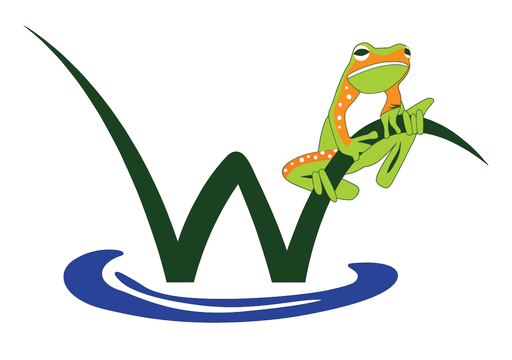Visiting the centre
We, at the Wetlands Centre, are located adjacent to the resplendent Bibra Lake, in the heart of the Beeliar Wetlands. The Centre is built on sacred Noongar land and the vibe throughout the campus is peaceful and uplifting. Although we are incredibly fortunate for this, this proximity also brings with it a tremendous responsibility to care for, support, conserve and rehabilitate our fragile wetlands.
Our focus has been to introduce change through community outreach and engagement and by creating awareness on issues central to wetland health. Towards this, we provide educational experiences for schoolchildren, organise community tree planting events and facilitate propagation events at the Centre.
The Centre hosts the Wetlands Conference each year that has been crucial in setting the agenda for wetlands work throughout the year. And we facilitate numerous seminars, conferences, workshops and excursions for the public.
We have an extensive library of books and resources, such as reports on wetlands, guides, encyclopedias, identification kits, safety gear etc. The facility is well-appointed with a spacious meeting room, a large hall with a beautiful gallery, a gazebo and barbeque area outside – all of which are hired and used by many community groups for their activities. The gallery houses colourful displays about wetland ecology and conservation issues that are interesting and informative.
Our plant nursery is a thriving place where we grow and propagate native species. Our landscaped wildflower garden provides spectacular displays of blooms in the spring. Our garden is also built on sustainability principles and is a great place to relax and reflect amidst nature.
The Ecology
Spring is the major flowering season for native flora and the seasonal display of blooms is unique and stunning. The flowering (generally) peaks around late September each year. However, a few species may bloom during other seasons and the flowering season may change depending on prevalent weather conditions.
The number of waterbirds on Bibra Lake increases during summer and autumn as the other (smaller) lakes dry out. The best season for birdwatching is (generally) during early autumn (March). However, different birds use the Lake at various times throughout the year and there is always something new to see.
General advice for walkers
- Always take water and a mobile phone with you on your walks.
- Stay on the trail at all times and follow the trail markers.
- Do not walk through long grass or rushes as snakes are often found there.
- If you see a fire, please report it immediately to DFES (000 or 132500).
- Do not pick wildflowers. It is an offence for which large fines apply.
- Do not leave litter behind and use rubbish bins available at the facility.
- Pets are welcome, but they must be kept on a leash at all times.
- Please do not feed the birds and animals as bread/biscuits will make them sick.
